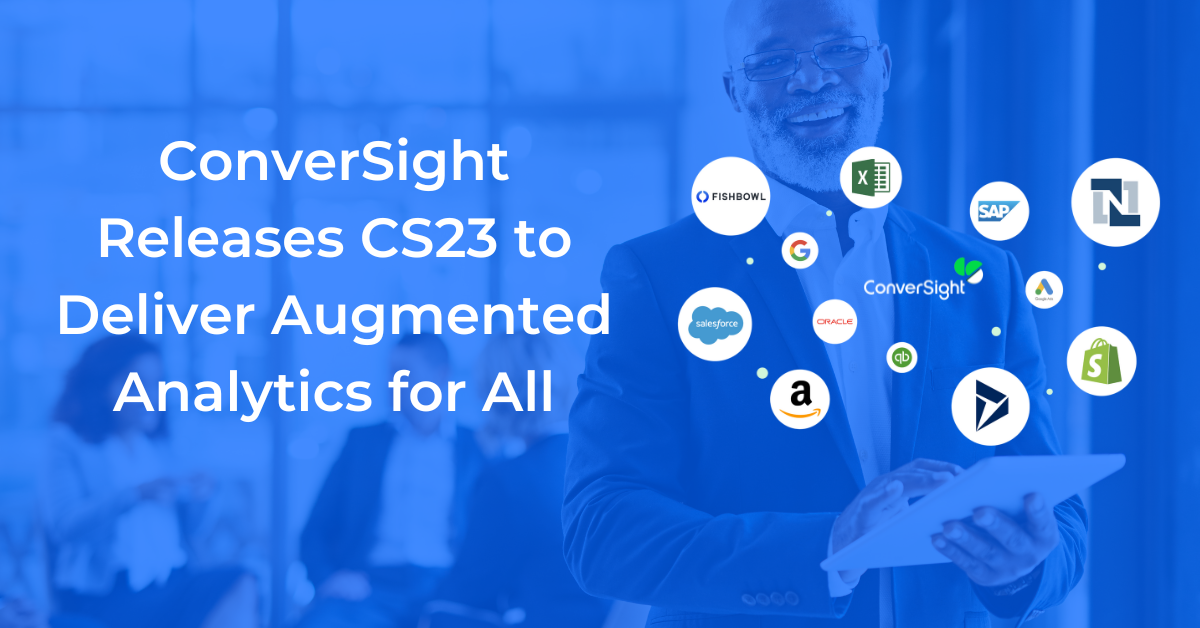
In the world of analytics, efficiently getting the best value out of your data, is the ultimate goal that businesses strive to achieve. More importantly, fast responding systems, access to real-time data, and the ability to absorb and respond to data quickly is necessary to thrive in today’s competitive marketplaces.
The ability to capitalize on data insights and analytics can make or break an organization. It also allows businesses to identify new opportunities and emerging market trends. According to Forbes, “85% of companies that are succeeding in analytics, are seeing revenue growth greater than 7%”.
The question that many ask themselves when wanting to improve the efficiency of their analytics systems or simply starting from scratch with a new analytics service is: Which is better, customizable or standardized analytics? Read on to dive into the pros and cons of each.
“85% of companies that are succeeding in analytics, are seeing revenue growth greater than 7%”.

Personalized
Benefits:
- Greatly enhance user experience by catering to specific preferences, parameters and metrics
- Filters out “unwanted” data for a cleaner and more organized dashboard and user experience
- Focuses the users attention on what they want to see, clearing all irrelevant distractions and extra noise
Potential Holdbacks:
- Learning curve for the software to develop context and understanding of your preferences
- While with manual personalization, it takes even longer for a user to tediously set preferences
- May cause ‘tunnel vision’ for users who don’t take advantage of the full scope of data insights
- Uber-personalized dashboards and reporting may cause difficulty in scaling shared insights with others through collaboration
Standardized
Benefits:
- Quick, efficient set up & easily scalable: a ‘one size fits all’ approach allows for a quick copy and paste application when it comes to setting up analytics platforms like dashboards.
- Allows for easier collaboration as it ensures all are leveraging the same sets of insights and analytics
- Minimizes human error as most of the set up is automated with strict parameters
Potential Holdbacks:
- Insights are agnostic to the user’s role and needs and lacks the contextual understanding of the specific needs of the user
- “One size fits all” devalues the user experience and lacks agility and speed to keep up with unexpected changes impacted by the market and external factors
- Hinders users’ potential to interact with the data in-depth. Auto generation disables the need for the user to go looking for the data they think is valuable, encouraging less-hands on experiences with data itself.
To learn more about how your business can capitalize on its data using personalized analytics, contact [email protected]or request a demo


